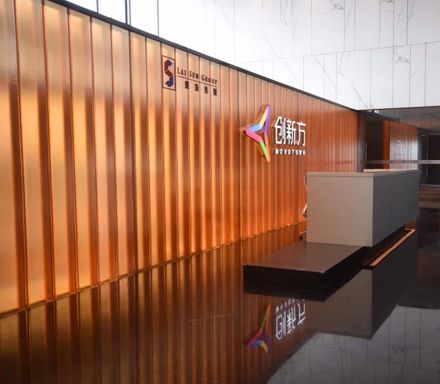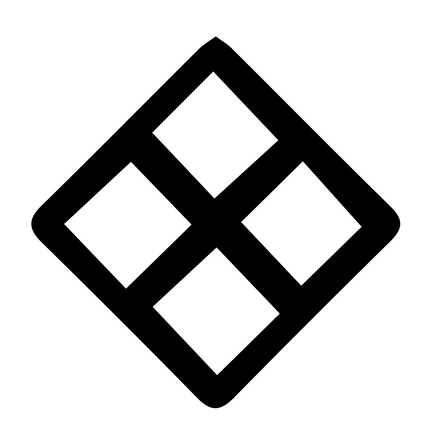Appleton Citrine Glass
CITRINE GLASS
CITRINE GLASS
The word citrine is derived from the Latin Citrus which originally means the golden yellow fruit of the citron tree and specifically refers to citrine in the gem field. Similar to the production method of amethyst U channel glass the high.
The word "citrine" is derived from the Latin Citrus, which originally means the golden yellow fruit of the citron tree, and specifically refers to citrine in the gem field.
Similar to the production method of amethyst U channel glass, the high-temperature coloring process is used to make the citrine color adhere to the inner surface of the U channel glass, and will not change color under the sun, and will not fade.
Citrine U channel glass can also provide users and designers with a new choice.FEATURE With Appleton's unique wire-insertion craftsmanship and various patterns, a variety of visual effects can be matched.
The g-value (total solar transmittance) of ordinary U channel glass double glazing is 0.68, and the g-value (total solar transmittance) of citrine U channel glass double glazing is 0.28, which can provide good shading effect and can protect privacy.
FEATURES
INFORMATION
BRAND
Appleton
MODEL
Citrine
USE
Indoor
CATEGORY
Channel Glass
USE
- Outdoor Facades
- Interior Partitions
SIZES
Up to 90mm in flange height and 11 meter in length
APPLICATIONS
-Commercial -Residential -Educational -Refurbishment -Transportation
ENVIRONMENT
Eco-Friendly
MATERIAL
Glass
THE MAIN FUNCTION
The citrine color is attached to the inner surface of the U channel glass using a high-temperature coloring process.
THE BASIC PARAMETERS
The g value of citrine channel glass is 0.28 when double glazing. In other words amethyst channel glass could make better shading effect.
CERTIFICATION
European channel glass standard EN572-7












